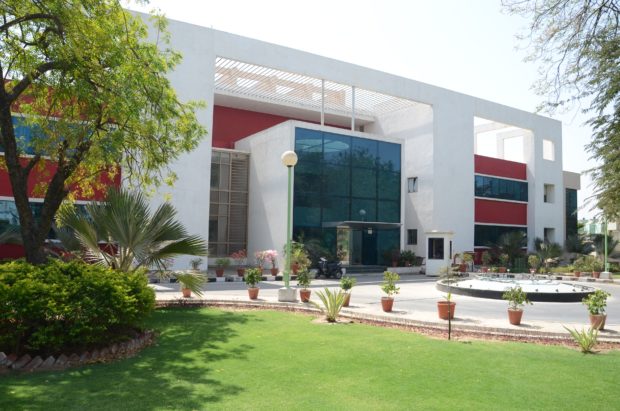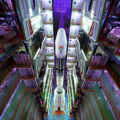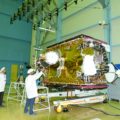he fire that broke out in the Space Applications Centre (SAC) at the Isro campus in Ahmedabad on Thursday didn’t lead to any serious injuries, but it caused serious setback to Isro’s most prestigious facility.
It took 25 fire tenders of Ahmedabad fire services to control the fire at the critical space laboratory which was engulfed in smoke after the fire broke out.
There was no casualty and the 40-odd scientists at the site were safe. However, a jawan of the Central Industrial Security Force (CISF) at the facility was admitted to a hospital due to smoke inhalation.
Heaving a sigh of relief, top sources at SAC said there was no damage to satellite payloads housed at the centre. However, that is where the good news ends.
Top sources at SAC said the fire has caused serious damage to the “antenna test facility” as some specialised equipment have been damaged.
The hi-tech “antenna test facility” of Isro is of paramount importance as antennas are the most crucial communication component in satellites. Moreover, the testing is also critical to space operations and requires very expensive and hi-tech equipment.
A top official said, “Space programmes are expensive but the silver line is that no satellite payload was damaged in the fire inside the antenna test facility.”
While an inquest will be held to probe what caused the fire, the fire service department said that it could be due to a short circuit. However, the SAC sources say, “The police will probe the cause of the fire. The facility has a strong protocol to battle fire caused due to short circuits. That is why the probe will cover the possibility of foul play and even sabotage.”
The space centres operated by Isro have strong fire safety protocols and fires are rare. The last major fire incident recorded at an Isro facility was in 2004 when six people were killed and three seriously injured in a blast at a plant making solid propellants at the Satish Dhawan Space Centre, Sriharikota.
Sources at SAC said the facility where the fire broke out on Thursday has been cordoned off. Once the fire department declares it safe, top space scientists will carry out an assessment to ascertain how serious the damage is.
A top scientist at SAC, while speaking to India Today said, “Isro will carry out an assessment to improve its fire safety standards as accidents at a space facility can be disastrous. For example, say if there is a rocket weighing 300 tonnes, there is at least 250 tonnes of rocket fuel in it which is highly inflammable and volatile.”
The fire is a sad news for the centre as over the last few decades almost every satellite launched by India, including India’s Moon Mission – Chandrayaan-2, had few components made at this centre.
The fire has thus sent alarm bells ringing in the Isro establishment.
One of the world’s most independent and economic space organisations has been recently hit by a string of accidents.
On April 1, 2018, India’s Rs 270-crore communication satellite GSAT-6A was lost in space.
Almost 48 hours after the launch, Isro lost communication with the GSAT-6A. Although, after some time Isro could track the satelite’s location, but it could not re-establish link with it.
The cause for the failure assessed to be is power and antenna fault. As a matter of caution, Isro scrapped the launch of communications satellite GSAT-11 on board an Ariane-5 rocket.
Isro was so worried that it decided to recall the satellite, even though the process is replete with issues and is an expensive business. The satellite was then airlifted to Kourou in French Guiana.
ISRO had chosen the Ariane-5 rocket as India’s GSLV is not capable to carry more than four tonnes payload.
On August 31, 2017, India’s old horse Polar Satellite Launch Vehicle or PLSV rocket failed due to the failure of the heat shield and the navigation satellite it was carrying was lost.




